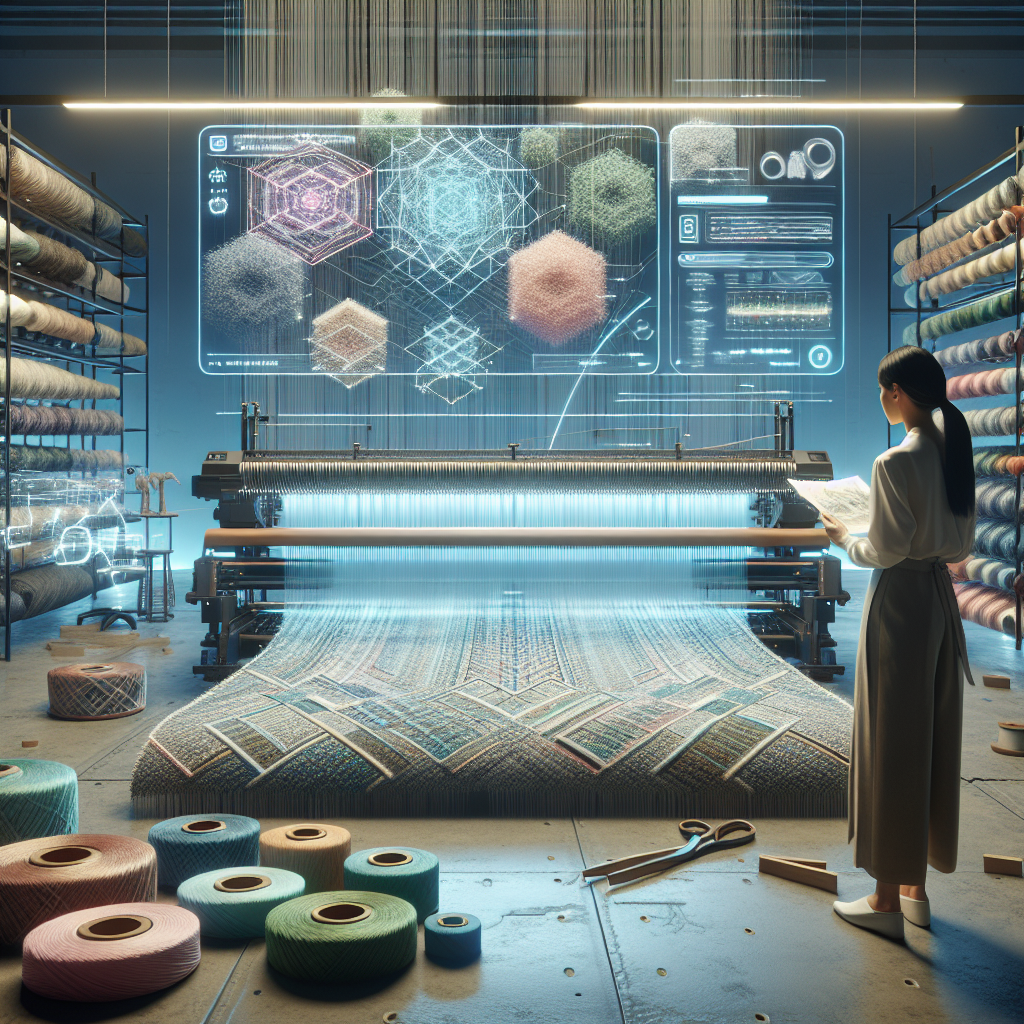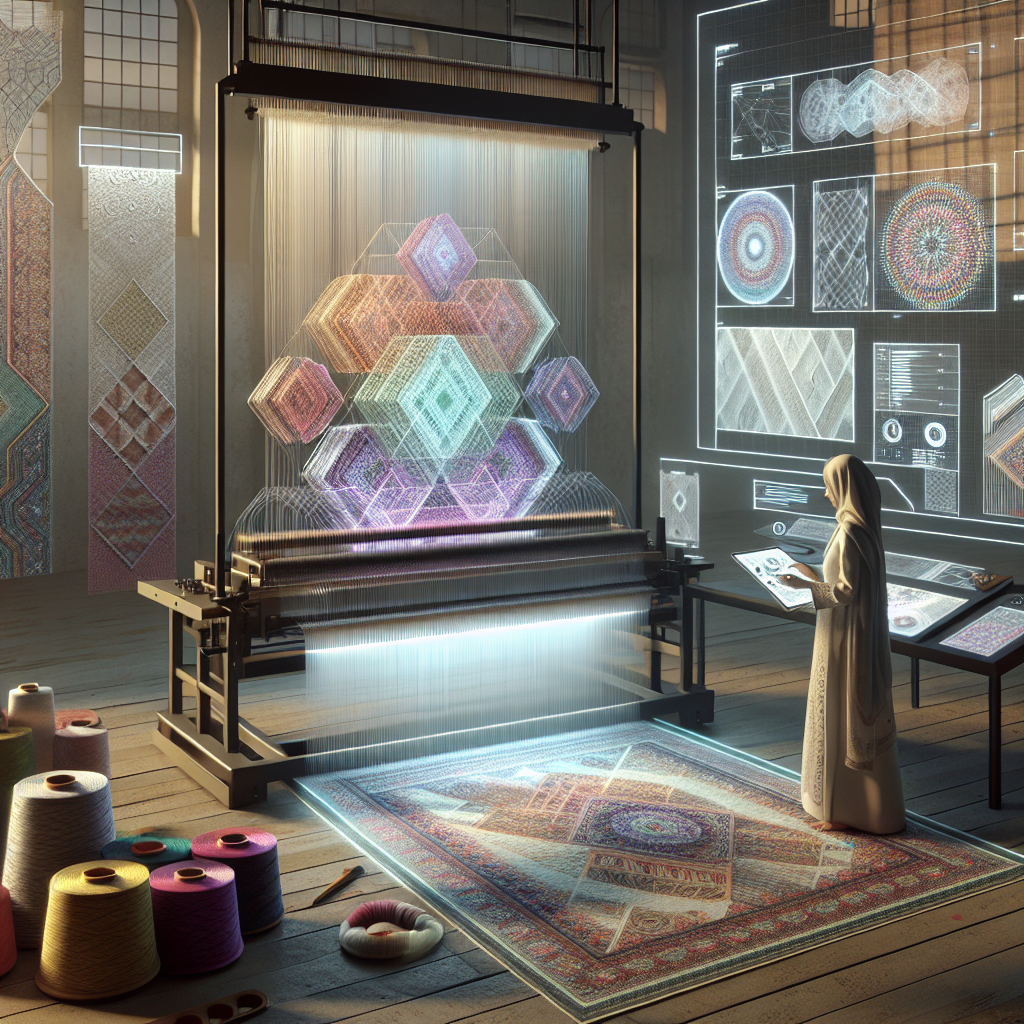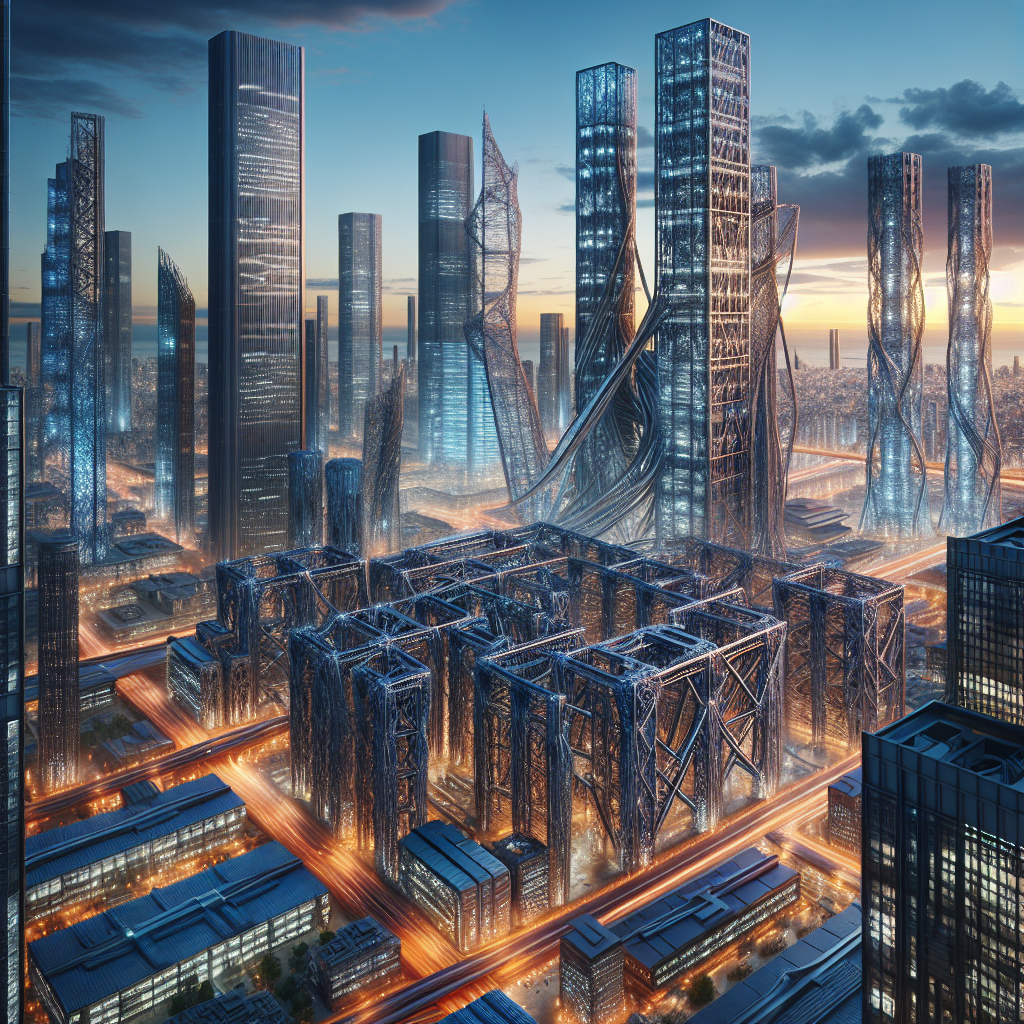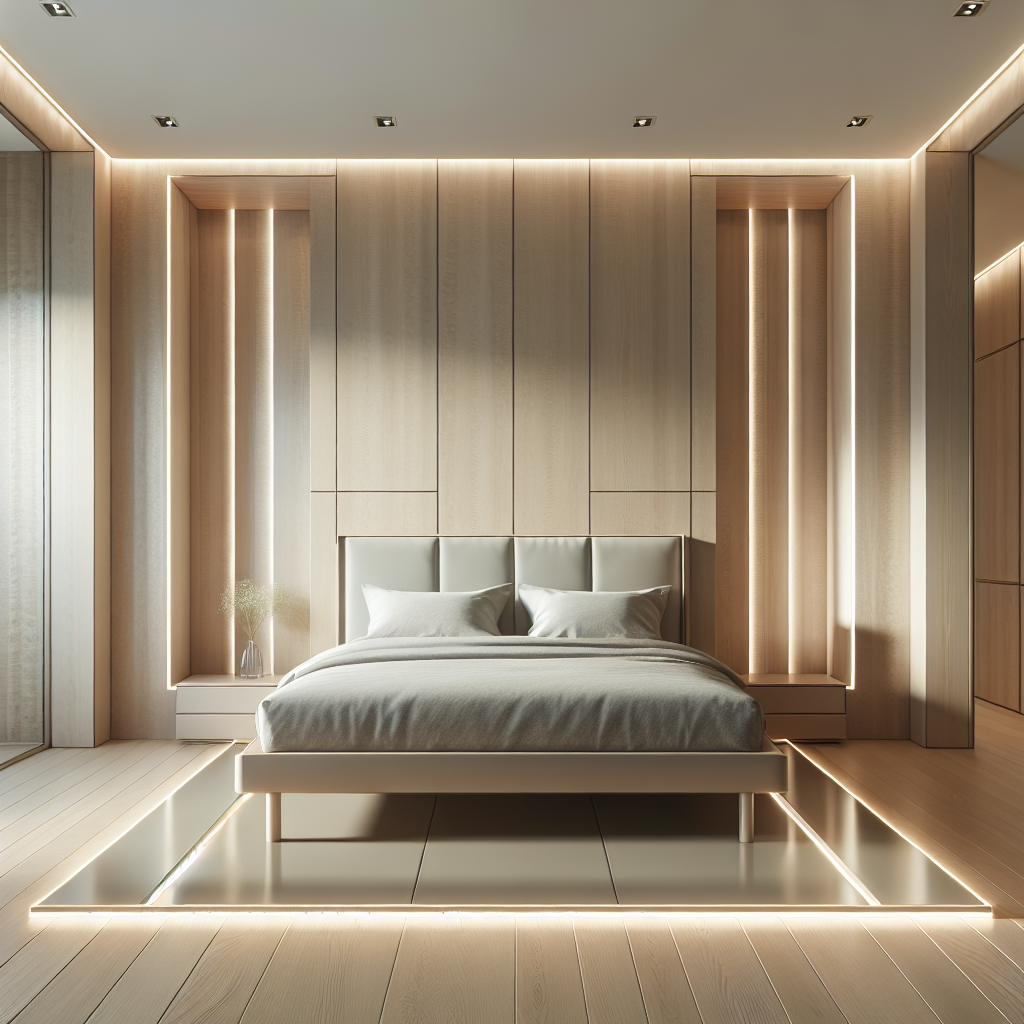Digital weaving rugs: future crafts for artisanal innovation
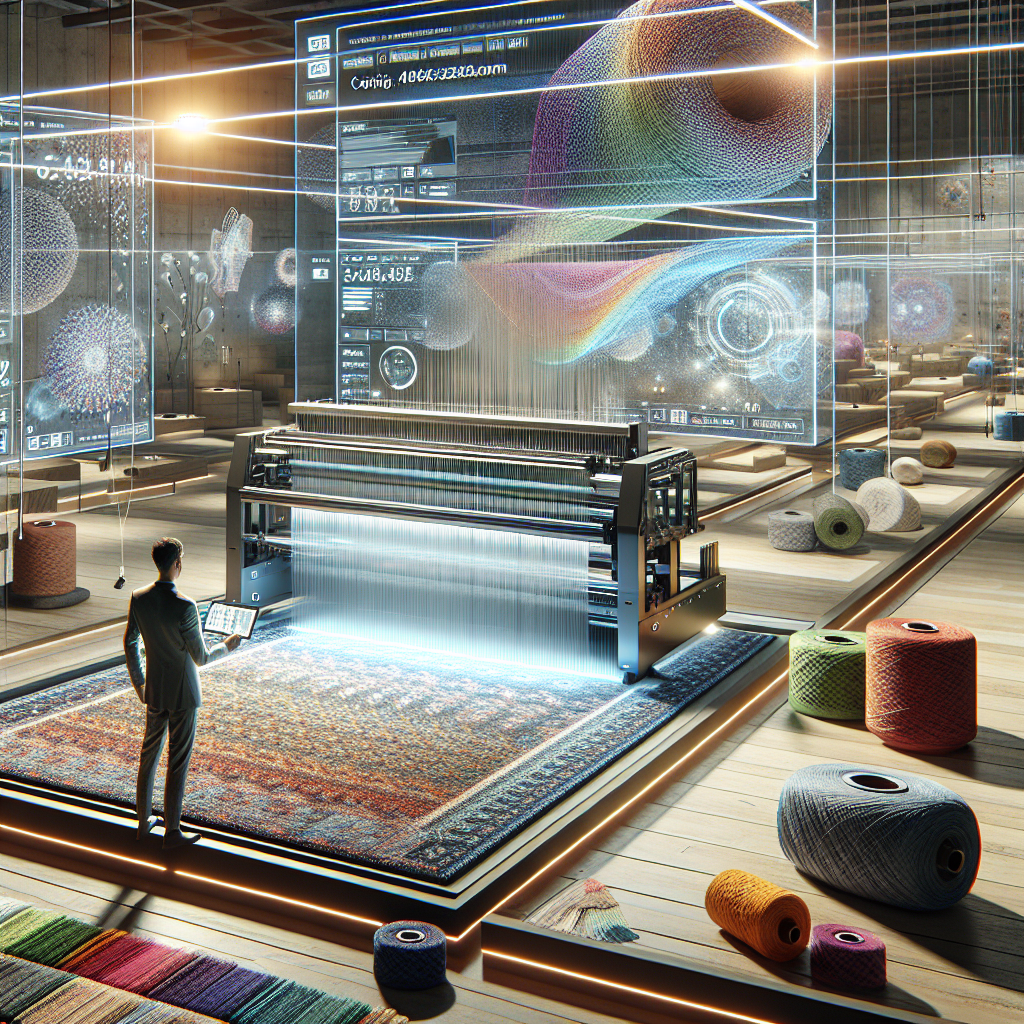
Digital Weaving Rugs: Future Crafts for Artisanal Innovation
In the quiet hum of a digital loom, threads of tradition and technology intertwine to form a new narrative for contemporary design. Digital weaving rugs—a fusion of algorithmic precision and human artistry—are redefining what it means to craft in the 21st century. Once confined to the rhythmic gestures of handweavers, rug-making is now being reimagined through data-driven processes, robotic looms, and generative design software. Yet, at its core, this evolution remains deeply human: a dialogue between the tactile and the technological, the ancestral and the avant-garde.
The Renaissance of Weaving in the Digital Age
Weaving has always been a form of storytelling. From the intricate Berber motifs of North Africa to the geometric patterns of Bauhaus textiles, each thread carries cultural memory. Today, digital weaving revives this ancient practice through computational design tools that allow artisans and designers to manipulate patterns at pixel-level precision. Using platforms like computer-aided design (CAD) and generative design, creators can simulate color gradients, material densities, and structural variations before a single fiber is spun.
Studios such as BYBORRE in Amsterdam and Nodus in Milan are leading this movement, blending sustainable yarns with algorithmic design to produce textiles that respond to light, movement, and temperature. The result is a new kind of material intelligence—one that aligns with the broader architectural trend toward responsive design and adaptive environments.
From Loom to Algorithm: The New Craft Language
Digital weaving doesn’t replace the artisan; it redefines their role. The loom, once a purely mechanical instrument, has become a programmable interface. Designers input data—patterns, textures, even environmental parameters—and the machine translates these into woven realities. The process mirrors the logic of parametric design in architecture, where mathematical models generate complex geometries that were once impossible to achieve by hand.
In this context, the weaver becomes both coder and craftsperson. The tactile intuition of traditional weaving merges with the analytical precision of digital modeling. This duality reflects a broader shift in design thinking, where the boundaries between craft and computation are dissolving. The loom becomes a site of experimentation—a digital laboratory for material expression.
Material Innovation and Sustainability
Beyond aesthetics, digital weaving offers profound implications for sustainability. By simulating designs before production, waste is drastically reduced. Materials can be optimized for durability, recyclability, and environmental performance. Some studios are even integrating biodegradable fibers and recycled plastics into their digital weaves, echoing the ethos of biodegradable architecture and circular design principles.
According to a 2024 report by the textile industry research consortium Textile Futures, digital fabrication methods can reduce material waste by up to 30% compared to traditional weaving. This efficiency aligns with the growing demand for sustainable luxury—an emerging market segment where environmental responsibility is synonymous with exclusivity.
In interiors, digital woven rugs embody this philosophy. They are not merely decorative but performative: acoustically absorbent, thermally adaptive, and sometimes even embedded with conductive threads for smart-home integration. Such innovations resonate with the evolution of smart home technology, where every surface can potentially interact with its environment.
Craftsmanship Reimagined: The Human Touch in Digital Textiles
Despite its reliance on technology, digital weaving remains anchored in the tactile. The weaver’s sensitivity to tension, rhythm, and texture continues to define the final outcome. The digital loom amplifies, rather than erases, this human presence. Each rug carries the signature of its maker—encoded not in brushstrokes or knots, but in data patterns and algorithmic gestures.
This hybridization of craft and code recalls the ethos of the Bauhaus movement, where art, design, and technology converged to shape modern aesthetics. Yet, today’s digital artisans operate in a vastly expanded field. They navigate a landscape where physical materials coexist with virtual prototypes, and where craftsmanship extends into the realm of software. The result is a renewed appreciation for the handmade—an irony of the digital age that echoes the sentiment explored in The Art of Craftsmanship: Elevating Interior Design Through Timeless Traditions.
Case Studies: Weaving the Future
One striking example of digital weaving’s potential is the collaboration between London-based designer Ella Doran and the Dutch textile innovation lab TextielMuseum. Their “Circular by Design” collection uses 3D digital weaving to create rugs that can be fully disassembled and recycled. Each piece is mapped digitally, allowing for precise control over fiber placement and color transitions. The visual result is mesmerizing—gradients that appear to shift under changing light, much like the iridescent facades of contemporary architecture.
In Japan, the Kyoto-based studio Hosoo, founded in 1688, has embraced digital jacquard weaving to reinterpret traditional Nishijin-ori textiles. By merging centuries-old silk techniques with modern data visualization, Hosoo produces rugs that translate digital noise, sound waves, or even architectural blueprints into woven form. The studio’s work exemplifies how digital weaving can serve as a bridge between heritage and innovation, between cultural continuity and technological progress.
Digital Weaving in Architectural Contexts
Beyond residential interiors, digital woven textiles are finding their way into architectural applications. Architects are exploring woven panels as flexible partitions, acoustic surfaces, and even structural components. The interplay of light and texture in these materials introduces a new spatial dynamism—spaces that shimmer, breathe, and respond.
In commercial settings, digital woven rugs have become a medium for storytelling. Boutique hotels and galleries are commissioning bespoke designs that reflect local narratives or architectural motifs. These pieces act as visual anchors within minimalist interiors, their intricate patterns grounding otherwise ethereal spaces. This approach aligns with the growing movement toward biophilic design, where texture and tactility play crucial roles in enhancing emotional well-being.
The Cultural Dimension: Data as Ornament
Perhaps the most intriguing aspect of digital weaving lies in its potential to transform data into ornament. Designers are translating environmental data—such as air quality, temperature, or sound frequency—into woven patterns. The result is a poetic visualization of invisible systems, a material record of the world’s rhythms. This conceptual approach echoes the way architecture has begun to visualize energy flows and climate data, as seen in net-zero design strategies.
In this sense, digital weaving becomes more than a craft; it becomes a language of information. Rugs cease to be static objects and instead become living documents—woven archives of environmental, cultural, or even emotional data. This redefinition of ornamentation signals a profound shift in how we perceive material culture in the digital era.
Looking Ahead: Toward a New Material Intelligence
As computational tools become more accessible, the line between designer, artisan, and technologist continues to blur. The next frontier for digital weaving may lie in responsive textiles—rugs that change color or texture in response to touch, light, or temperature. Such innovations would position woven surfaces as interactive architectural elements, merging seamlessly with the smart environments of tomorrow.
Yet, amid this technological acceleration, the essence of weaving remains unchanged: the act of interlacing threads to create meaning. Digital weaving is not a departure from tradition but its evolution—a continuation of humanity’s oldest craft through the lens of contemporary innovation. It is a reminder that progress in design is not about abandoning the past but weaving it into the future, one digital thread at a time.
Digital weaving rugs stand as emblematic artifacts of our era—where code meets craft, and where the loom hums not only with fiber but with the pulse of modern creativity.
Published on 11/05/2025

